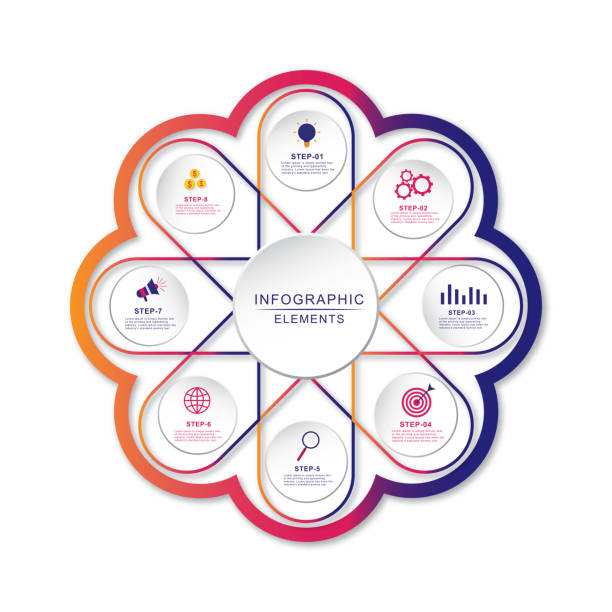Identity fraud has become a more common occurrence than you would think. Numerous reports have revealed that in 2018, 14.4 million online users were victims of identity theft. This number has more than tripled well into 2021, as more businesses shift remote due to the COVID-19 pandemic. Account takeovers and identity scams must be eliminated. For this, companies are investing in automated identity document verification solutions.
Identity Documents As Proof
Nearly every individual must have gone through the identity document verification process while carrying out everyday activities. You must have experienced it at banks when opening a new account, at the airport prior to onboarding a flight, or simply while entering a high-security facility.
Typically, verification officers conduct document attestation by matching the picture present on the document against our face in person. This way, companies ensure that only legitimate individuals are allowed access.
In today’s remote era, digital document authentication techniques are used to verify customer identity. Valid identity documents for verification include but are not confined to:
- A Government-issued ID Card: this acts as proof of identification. The card is issued by the government of the state in which an individual is born. This serves as evidence that the person is in fact a legitimate citizen of the said country.
- A Passport: This is an identification document that is mandatory for international travel.
- A Driver’s License: This is a permission letter that allows an individual to drive in the mentioned state.
All the above-mentioned identity documents contain valuable information of the holder, such as their name, father’s name, DOB, or address. Such documents are also referred to as Primary Documents. Other valid documents include a rent agreement, utility bill, bank statements, payslips, and more.
Verification Checks of Identity Documents
Identification verification of customers is typically carried out through online software backed with ML (Machine Learning) and AI (Artificial Intelligence) algorithms. The checks that these technologies carry out on an automated basis are listed below:
-
Authenticity Checks
AI and ML models can verify ID documents by extracted data through Optical Character Recognition (OCR) technology. This way, it is ensured that the document provided is genuine, issued by the government, and is not in possession of an imposter.
-
Verification of Varying Formats
The format of an identity document can vary between different jurisdictions. Automated document verification software has the ability to distinguish between different formats, scripts, and styles of official documents based on the country they belong to. In the event, a scammer attempts to bypass a bank’s security check using false document formats, it can be easily identified.
-
MRZ Code Checks
Machine Readable Zone (MRZ) codes are commonly checked during the document verification process. These codes are heavily encrypted and nearly impossible for imposters to replicate. Therefore, in case a fraudster modifies any detail on the identity document, it can be easily detected through the decryption of the code.
-
Folded/Crumpled Paper Edges are Spotted
Since identity documents are paper-based, they are prone to wear and tear. AI-enabled document validation software identifies folded and crumpled paper edges that could otherwise undermine the document’s authenticity.
-
Verification of Signatures and Stamps
Official documents normally have the holder’s signature along with specific stamps and holograms. These are considerably difficult to forge. An AI-powered ID verification software can validate the document by verifying these features, ensuring that the document is not, in fact, fake, forged, or modified. This discourages spammers from infiltrating the firm.
-
Validating Paper Quality and Ink
Government-issued Identity documents consist of a particular type of paper and magnetic ink that can be verified by the online document verification software.
Key Takeaways
- Identity document authentication is necessary for secure customer onboarding
- It allows businesses to keep fraudulent players at bay
- AI-powered document verification software provides highly accurate, rapid, and efficient results
- By replacing manual identity document checks with automated solutions, companies can substantially cut down on costs During document checks, numerous processes are carried out to verify the document format, MRZ codes, folded edges, signatures, official stamps, paper quality, and type of ink.


